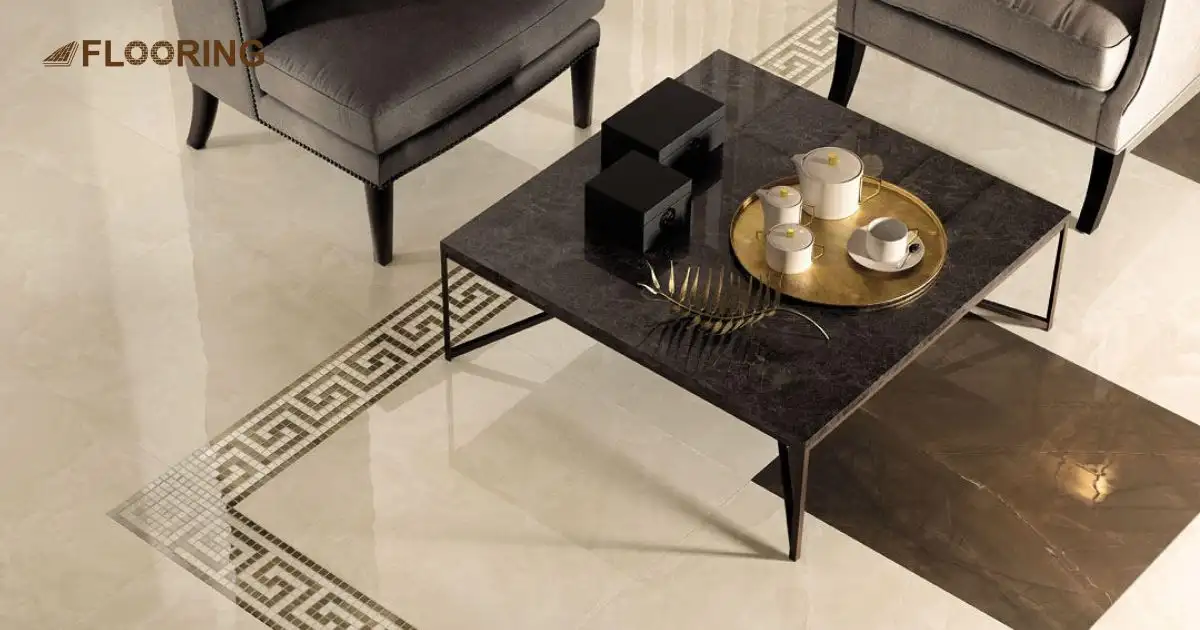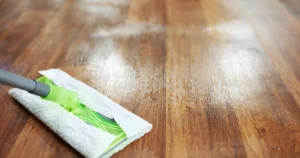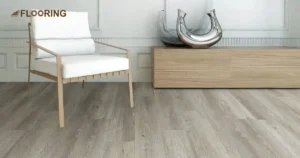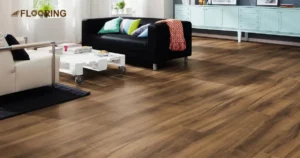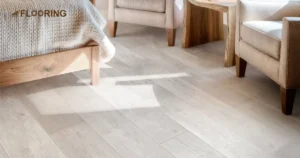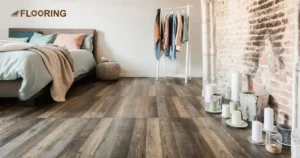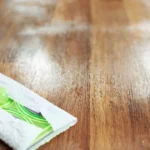Tile floor transitions are crucial elements in home design, seamlessly connecting different flooring materials. They enhance visual appeal and ensure smooth movement between rooms. This guide explores various tile floor transition ideas, from classic to creative.
Table of Contents
Proper transitions prevent tripping hazards and protect floor edges from damage. They also offer opportunities to add unique style to your space. We’ll cover how to choose the right transition for your home and provide practical installation tips.
Key Takeaways
- Tile floor transitions enhance both aesthetics and functionality, preventing tripping hazards and protecting floor edges.
- Various transition styles are available, from classic straight lines to creative options like herringbone patterns and decorative inlays.
- Choosing the right transition involves considering material compatibility, height differences, and overall design aesthetics.
- Well-designed transitions offer benefits such as improved safety, enhanced durability, and seamless visual flow throughout the space.
- Common challenges include managing height differences, moisture control, and ensuring proper subfloor preparation for successful installations.
Why Tile Floor Transitions Matter
Tile floor transitions play a crucial role in both the aesthetics and functionality of your home. Proper transitions prevent tripping hazards by eliminating abrupt changes in floor height. They also protect the edges of tiles and other flooring from damage due to foot traffic.
Well-designed transitions can define spaces without physical barriers, maintaining an open feel in your home. They offer opportunities to add unique style elements that complement your overall design.
Top 10 Tile Floor Transition Ideas
Tile floor transitions offer numerous design possibilities to suit various styles and preferences. These top 10 ideas range from simple and classic to creative and eye-catching providing a unique way to connect different flooring materials.
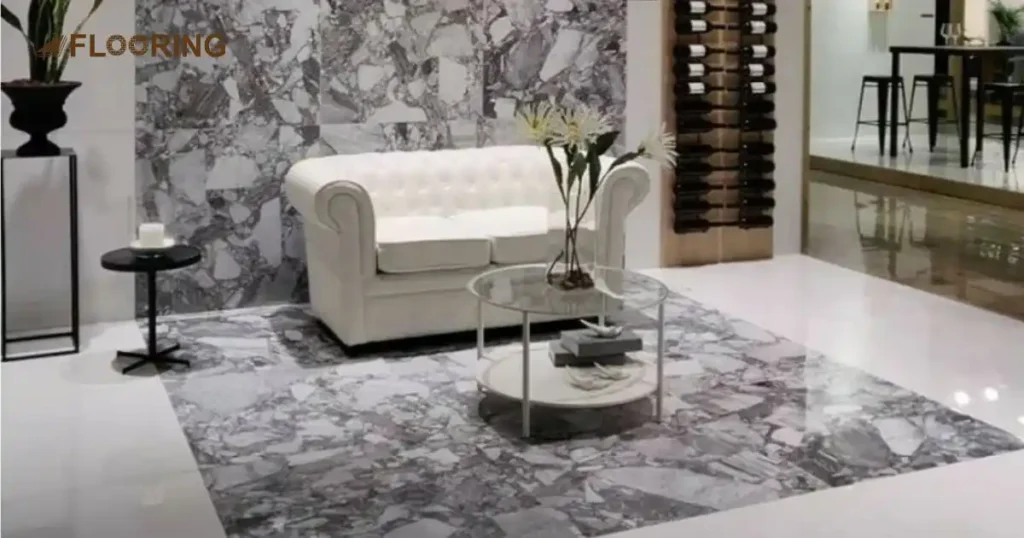
1. Classic Straight Line Transition
This timeless approach uses a clean, straight line to separate two flooring materials. It’s achieved by aligning the edges of tiles with the adjacent flooring, often using a thin metal strip for a polished look. This method works well in modern and minimalist interiors, providing a crisp, defined boundary between spaces.
2. Diagonal Cut Transition
A diagonal cut transition adds visual interest by angling the line where two flooring materials meet. This technique involves cutting tiles at a 45-degree angle to create a dynamic edge. It’s particularly effective in larger spaces, as it can make rooms appear wider and more expansive.
3. Curved Transition for a Softer Look
Curved transitions offer a gentler flow between different flooring types. This approach involves cutting tiles into a curved shape to create a wavy line between materials. It’s ideal for homes with a more organic or relaxed aesthetic, softening the transition between spaces.
4. Mosaic Tile Transition Strip
A mosaic tile strip creates a decorative border between two flooring materials. This method uses small tiles in various colors or patterns to form a unique transition area. It’s an excellent way to add a pop of color or intricate detail to your flooring design.
5. Herringbone Pattern Transition
The herringbone pattern uses rectangular tiles arranged in a zigzag formation to create a transition zone. This technique adds texture and visual interest to the floor, effectively bridging two different materials. It works well in both traditional and contemporary settings.
6. Gradual Blending Technique
This approach involves gradually mixing two flooring materials to create a seamless transition. This approach is particularly effective for kitchen tile-to-wood floor transitions, creating a seamless flow between cooking and dining areas. This technique creates a natural, flowing transition between spaces.
7. Contrasting Border Transition
A contrasting border uses a strip of tiles in a different color or material to create a clear boundary between flooring types. This method can be used to highlight the transition area and add a decorative element to the floor design. It’s particularly effective when using bold colors or patterns.
8. Hexagonal Tile to Wood Transition
This creative approach uses hexagonal tiles that gradually transition into wood flooring. The hexagonal shape allows for an organic, puzzle-like interface between the two materials. It’s a modern and visually striking way to blend different flooring types.
9. T-Molding for a Clean Look
T-molding is a practical solution that uses a T-shaped strip to bridge two flooring materials of equal height. This method provides a clean, finished look and is particularly useful for transitions between rooms. It’s available in various materials to match or complement your flooring.
10. Decorative Inlay Transition
An inlay transition involves embedding decorative tiles or patterns within the main flooring material. This technique can be used to create a subtle or bold transition area, depending on the design chosen. It’s an excellent way to add a custom touch to your flooring and define different spaces within a room.
How to Choose the Right Tile Floor Transition
When selecting a tile-to-wood transition, consider the color and texture of both materials to ensure a harmonious blend. The right transition enhances the overall look of your space while ensuring safety and durability. Here are key factors to consider when choosing a tile floor transition:
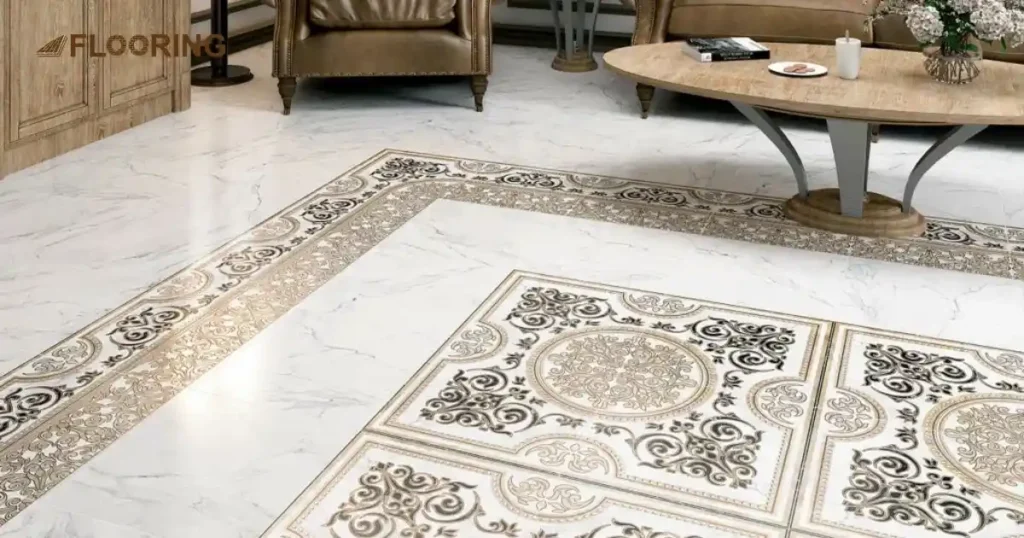
Material Compatibility
Consider the materials of the floors you’re connecting. Different combinations may require specific transition types. When considering tile-to-vinyl transition ideas, T-molding or reducer strips often work well to bridge these different materials smoothly.
Height Difference
Measure the height difference between the two flooring surfaces. If there’s a significant gap, you’ll need a reducer transition to create a smooth slope. For floors of equal height, a T-shaped transition strip often works best.
Aesthetic Appeal
Choose a transition that complements your overall design. Consider color, texture, and style. Some options include:
- Matching the transition to one of the floor colors for a seamless look
- Using a contrasting color to create a design feature
- Opting for a neutral material that blends with both floors
Durability and Maintenance
Select a transition material that can withstand the expected foot traffic and is easy to clean. Metal transitions are often durable and low-maintenance, while wood may require more care but can add warmth to the space.
Installation Method
Consider how the transition will be installed. Some options include:
- Adhesive installation for a clean look
- Nail-down methods for more permanent solutions
- Click-in systems for easier replacement
By carefully considering these factors, you can choose a tile floor transition that not only looks great but also performs well over time, enhancing the overall quality and safety of your flooring.
Benefits of Well-Designed Tile Floor Transitions
Well-designed tile floor transitions offer numerous advantages beyond mere aesthetics. Here are the key benefits of investing in quality tile floor transitions:
- Improved Safety: Smooth transitions reduce tripping hazards by eliminating abrupt changes in floor height. This is particularly important for households with children, elderly members, or individuals with mobility issues.
- Enhanced Durability: Proper transitions protect the edges of different flooring materials from wear and tear. This prevents chipping, cracking, or fraying at the points where different floors meet, extending the life of your flooring.
- Seamless Visual Flow: Well-chosen transitions create a cohesive look throughout your home. They can either blend floors together subtly or create intentional design features, depending on your preference.
- Moisture Barrier: In areas prone to moisture, like bathrooms or kitchens, transitions can act as a barrier. They prevent water from seeping between different flooring materials, reducing the risk of water damage.
- Easier Cleaning: Smooth transitions make it simpler to clean between different flooring types. There are no awkward gaps or edges where dirt and debris can accumulate, making maintenance more straightforward.
- Noise Reduction: Quality transitions can help minimize noise transfer between rooms with different flooring materials. This is especially beneficial in multi-story homes or apartments.
Common Challenges with Tile Floor Transitions
Tile floor transitions can present several obstacles during installation and use. These challenges affect both the appearance and functionality of your flooring. Understanding these issues helps in planning and executing successful transitions.
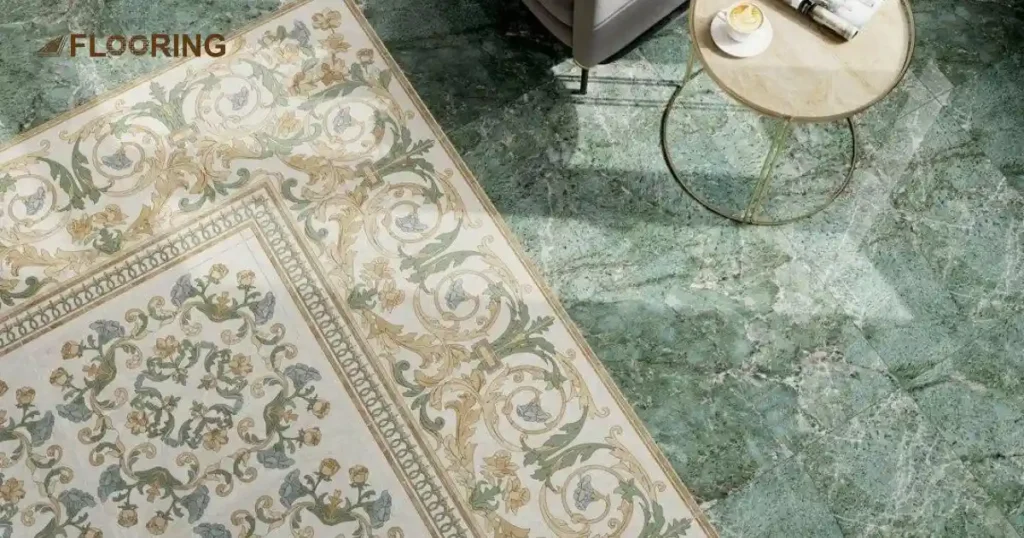
Height differences between tile and adjacent flooring often create tripping hazards. This problem requires careful planning and appropriate transition materials to ensure safety. Proper subfloor preparation is crucial to prevent uneven surfaces and potential cracking.
Moisture management becomes critical when transitioning from tile to water-sensitive materials. Without proper sealing, water can seep into adjacent flooring, causing damage. Choosing compatible materials for transitions is also important, as different flooring types expand and contract at varying rates.
Wrapping It Up
Tile floor transitions are essential elements in creating a cohesive and functional home design. They offer both practical benefits and aesthetic appeal. By choosing the right transition method, you can enhance safety, protect your flooring, and elevate your interior style.
From classic straight lines to creative mosaic strips, the options for tile floor transitions are diverse. Consider your home’s style, the materials involved, and your specific needs when selecting a transition technique. With proper planning and installation, you can achieve seamless connections between different flooring types.
Remember that well-executed transitions not only look great but also contribute to the longevity and usability of your floors. Whether you’re renovating or building new, investing time in choosing the right tile floor transition will pay off in both form and function.
Frequently Asked Questions
Can I use tile floor transitions in outdoor spaces?
Yes, tile floor transitions can be used outdoors. Choose weather-resistant materials like stone or porcelain tiles. Ensure proper sealing to prevent moisture damage and use slip-resistant options for safety.
How much do professional tile floor transition installations typically cost?
Professional tile floor transition installations usually range from $200 to $700, depending on materials and complexity. Factors affecting cost include the type of transition, room size, and local labor rates.
Are there eco-friendly options for tile floor transitions?
Yes, eco-friendly tile floor transitions are available. Consider recycled glass tiles, reclaimed wood, or sustainable materials like bamboo or cork. These options reduce environmental impact while providing attractive transition solutions.
How do I maintain tile floor transitions in high-traffic areas?
Regular cleaning with a pH-neutral cleaner is essential for high-traffic tile transitions. Apply a sealant annually to protect against wear. Inspect regularly for damage and repair promptly to prevent further issues.
Can I install tile floor transitions myself, or should I hire a professional?
DIY installation is possible for simple transitions like straight lines. However, complex patterns or uneven surfaces often require professional skills. Consider your experience level and the project complexity when deciding.
How do I choose tile floor transitions for open-concept living spaces?
For open-concept spaces, opt for subtle transitions that maintain visual flow. Consider using the same tile throughout with variations in pattern or direction. Alternatively, choose complementary materials that blend seamlessly.
Are there ADA-compliant options for tile floor transitions?
Yes, ADA-compliant tile floor transitions are available. These options have gentler slopes and non-slip surfaces. Look for transitions specifically labeled as ADA-compliant to ensure they meet accessibility standards.
